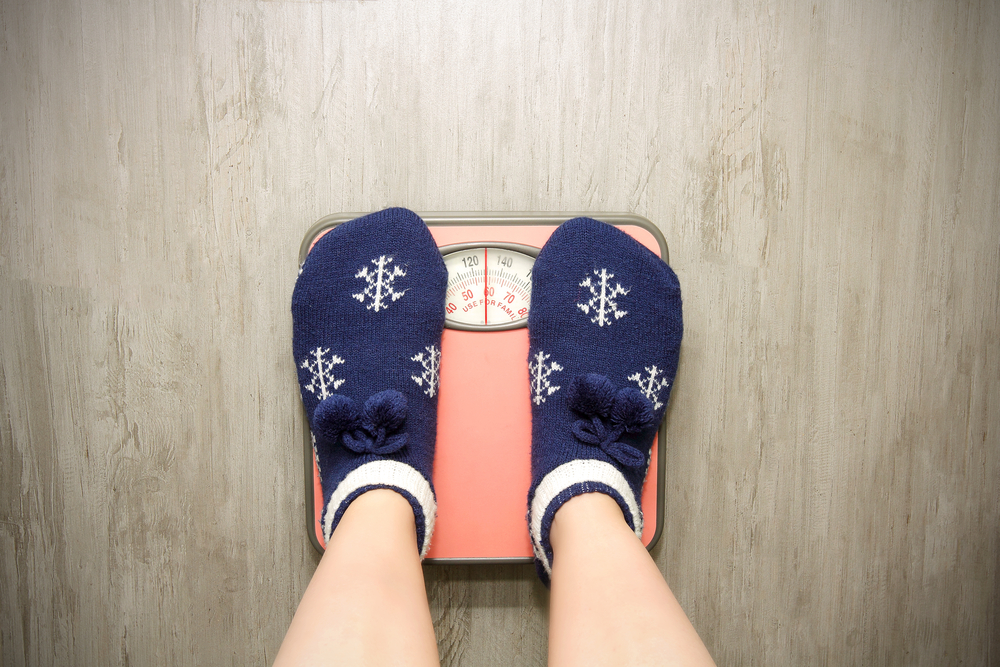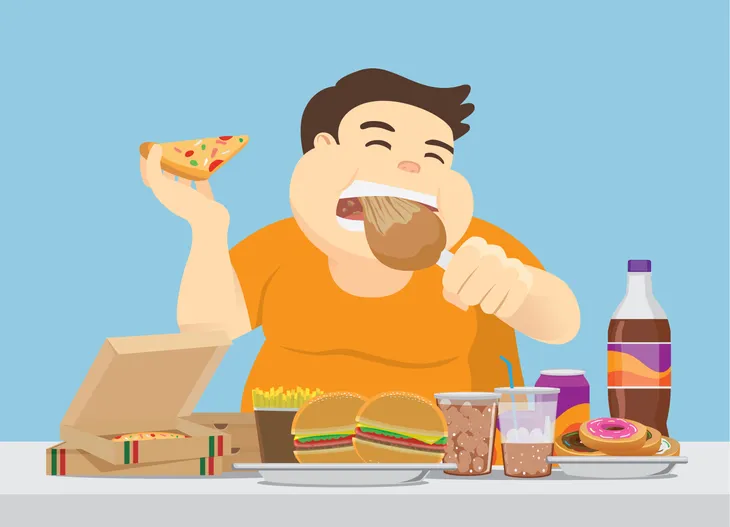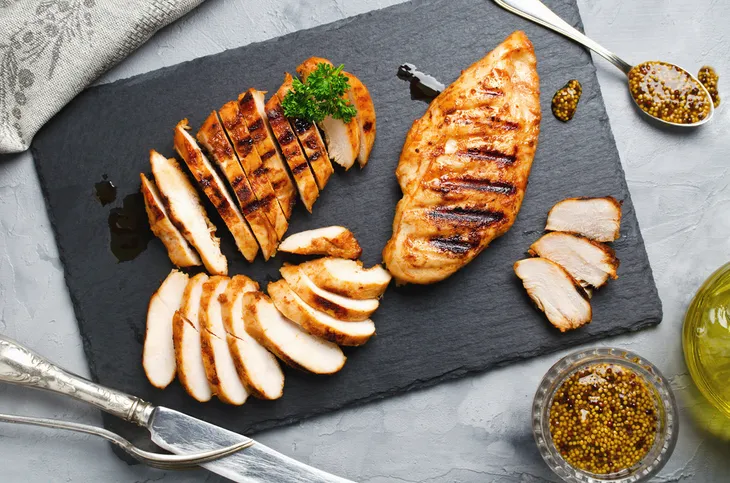Staying in shape is never harder to do than during the long, cold winter months. Whether you’re knee-deep in snow in Buffalo or freezing cold in chilly Minnesota, the frigid temperatures don’t exactly invite us to go outside and frolic.
Overall, the brutal weather of winter has a dramatically negative impact on our attempts to lose weight or even maintain weight. But there are six ways to circumvent all of that cold and snow, and get around winter’s obstacles to weight loss…
1. We Tend to Over Eat
Many of the year’s heaviest meals fall between November and April, the unofficial beginning and end of winter. Starting with Thanksgiving in November to Christmas in December, New Year’s Day in January and Easter in March, there are many food challenges along the way.
The key to preventing weight gain is to stay active and load up on vegetables. Most big holiday meals feature at least some veggies–from salad to broccoli and roasted carrots. Make sure your plate is packed with these less offensive food items and cut back on the gravy and mashed potatoes.
2. We Feel “Blah” Most of the Time
There’s a good reason you just don’t feel yourself during the winter months. Seasonal affective disorder, or SAD, is a type of depression that accompanies the long, dark winter months. It’s typically caused by a lack of exposure to sunlight (and vitamin D) and staying indoors for most of the day and night.
We can work around this issue by taking a daily multivitamin (containing vitamin D) and getting outside on those days when it’s safe to do so. Just be sure to bundle up.
3. We Don’t Want to Go Outside
During the summer months the sun tends to shine from early morning to late night. That gives us lots of time to strap on the running shoes or rollerblades and hit the neighborhood sidewalks and park paths for some intense physical activity.
But during the winter months the sun tends to rise late and set around dinner time. This makes it tough to get outside while it’s still warm and, let’s face it, safe. But a little darkness doesn’t have to ruin your weight loss goals. Go for that run, walk or jog, just be sure to wear warm clothing with reflective gear.
4. The Gym Gets Crowded
Is there anything worse than showing up for your favorite yoga class only to see it’s crammed with people who were nowhere to be seen in November and December? Or lining up for weight machines because the New Year’s resolution crowd has descended upon your gym?
The popularity of New Year’s resolutions can make going to the gym painful–particularly for introverts who don’t like big crowds. But don’t let that become a big problem. Try working out at home or going for jogs on warm and sunny days. Above all, don’t let the gym’s booming business wreck your goals.
5. We Stop Grilling
It’s tough to imagine cranking up the old barbecue when there’s 3-feet of snow on the ground and the temperature is hovering below the freezing mark. But that’s a shame, because grilled food prepared on a bbq tastes great and can be very healthy.
However, cooking inside doesn’t have to be fattening. There are plenty of healthy options for the stove and stove top, from roast, skinless chicken breast to pan-seared cod to lean beef stir fry. The key, as always, is to keep the oil to a minimum and maximize your use of bright, fresh vegetables.
6. We Drink too Much Alcohol
The one good thing about winter is that there are so many great holidays that bring us together to celebrate with friends and family.
Too often, however, those celebrations feature loads of high-calorie, high-sugar alcoholic beverages, like rum-laced eggnog to white wine and beer. So imbibe in moderation and aim to avoid creamy, sugar-laden cocktails and opt for a wine spritzer or a mixed drink using sparkling soda and fresh fruit instead.









